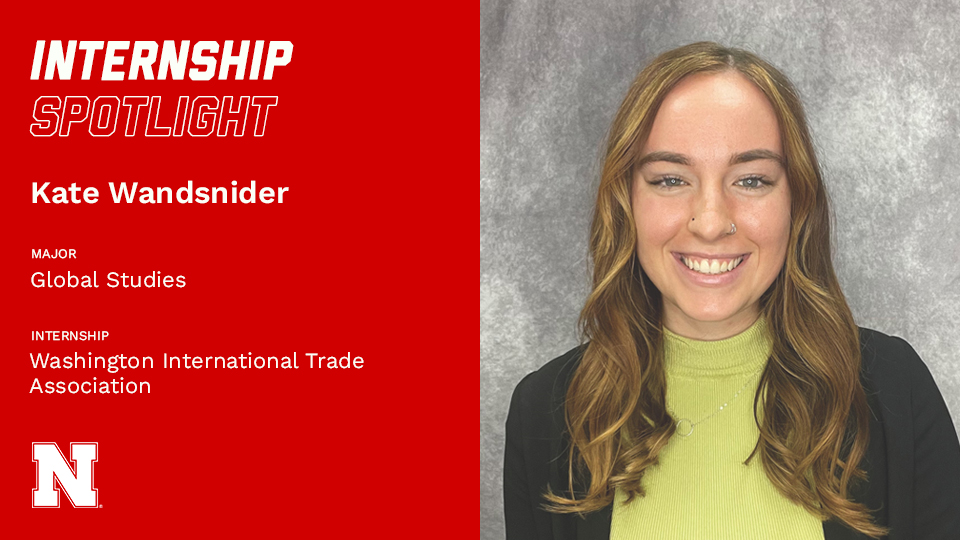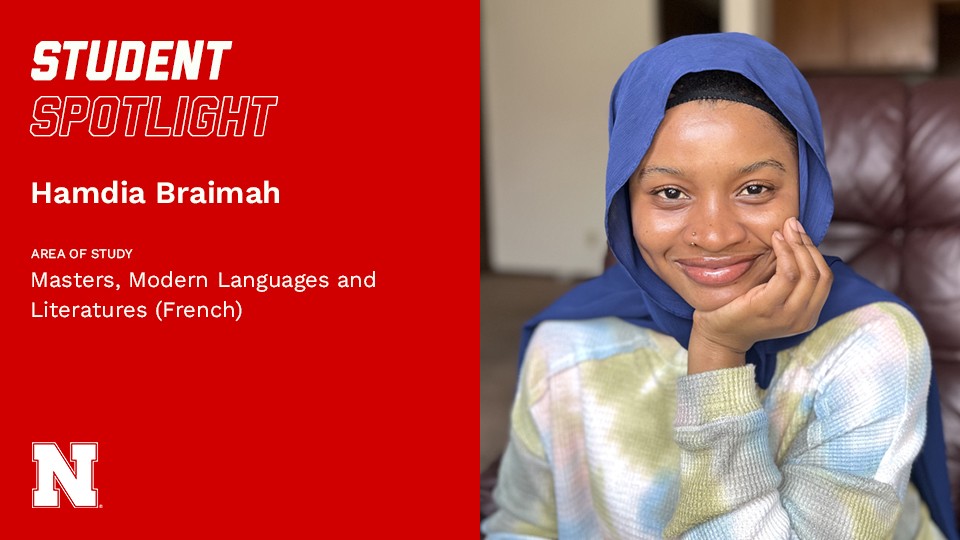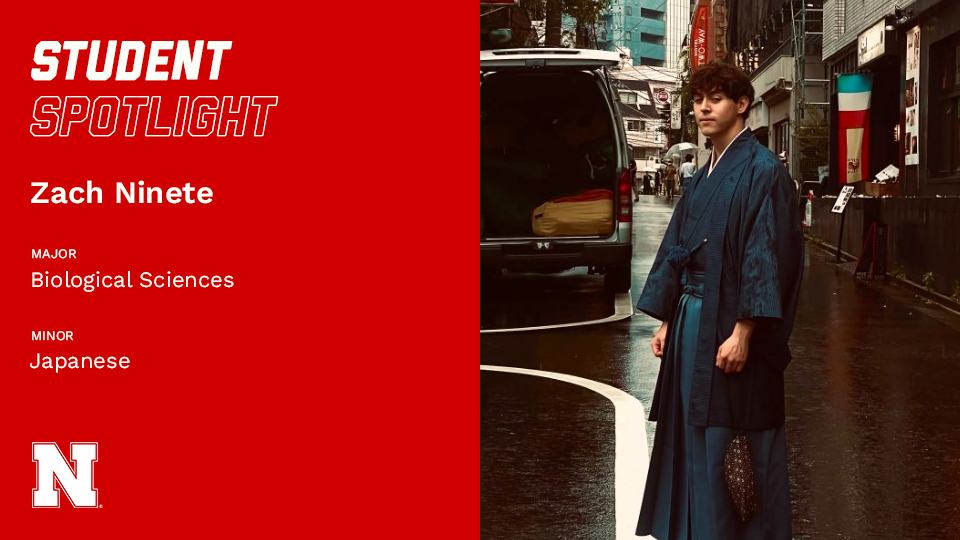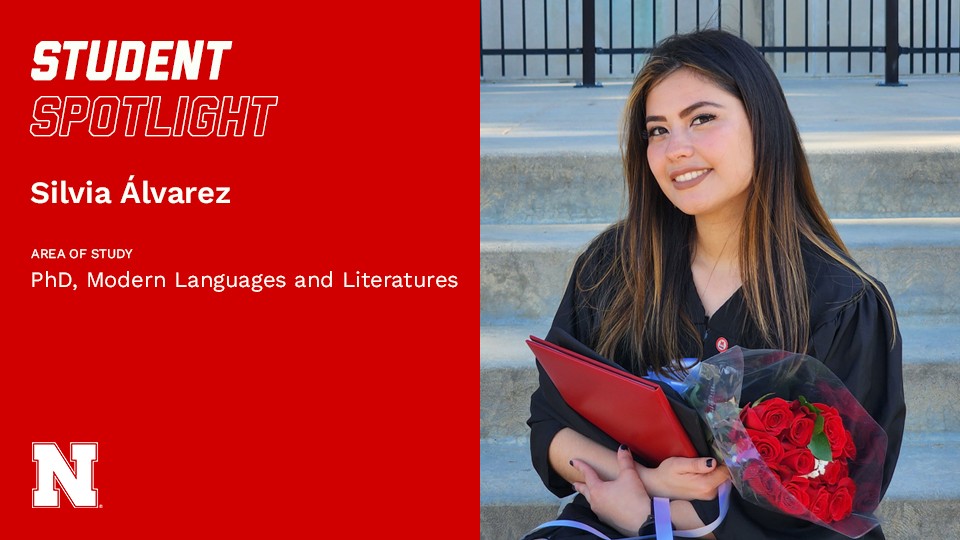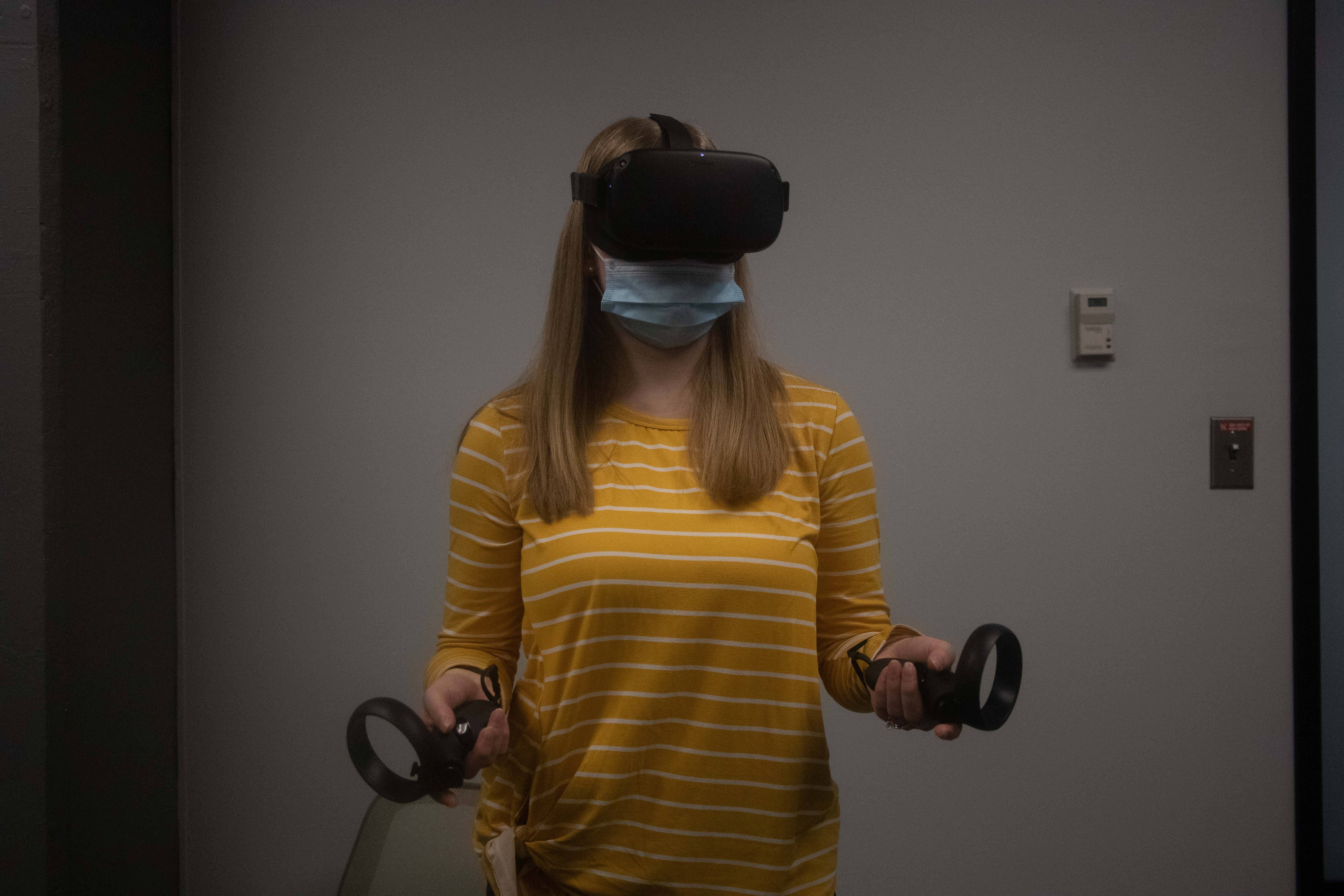
As director of the Russian program at UNL, and as the official advisor to the UNL Russian Club, Dr. Olha Tytarenko has long been a proponent of cultural activities that help students learn about Russian culture through artistic expression. Some of these activities included decorating Russian nesting dolls, baking and decorating cookies, and painting Slavic Easter eggs. When Dr. Tytarenko observed that the kinesthetic approach and the therapeutic nature of art in extracurricular activities was creating lots of engagement and learning, she decided to revise Russian 301 to have an explicit focus on art, experiential learning, and project-based assignments. Students in Russian 301, Russian Through Art, discuss and interpret a wide variety of masterpieces of Russian art, different genres and their characteristics, various artists and artistic movements, as well as historical context in which artists lived and worked. Conversations about how art can heal trauma have been particularly relevant in today’s pandemic world. This semester, using VR headsets, students virtually toured the Russian Hermitage Museum in St. Petersburg. They also visited the UNL Quilt Museum. Students have also learned about abstract art, suprematism, rayonism, and constructivism – all in Russian.
Dr. Tytarenko was first introduced to VR in 2020 through a research collaboration with applied linguist and Associate Professor of Spanish Dr. Liz Enkin, and former Language Lab Manager Eric Kirschling. The group recently published an article titled “Integrating and Assessing the Use of a ‘Makerspace’ and Immersive Virtual Reality in a Russian Cultural Course” in the 2021 CALICO special issue on maker culture (Enkin, Tytarenko, and Kirschling). For most of the activities, students use Google Cardboards, which are very affordable (the cheapest set can be purchased for 6 dollars). Using their phones in the VR set, students see the world as if they were in a Russian art gallery. They then narrate their experience and describe the paintings, sculptures, and art objects that they see. Students also use Oculus Quest to create their own art in a 3D space with virtual reality. Reflecting on class content and movement they have studied, students created their own three-dimensional pieces that responded to such movements as Socialist Realism, Realism, Constructivism, Abstract Art, and Sots Art. Participating in such artform requires in-depth understanding of the forms, ideas, and techniques. This assignment allows students to engage with art in a meaningful and personal way, to reflect on class material and situate their own pieces in it.
The results have been rewarding. “All assignments and project-based activities that utilize immersive technology have been designed to enhance communicative competence, help with retention of the material, and encourage vocabulary acquisition,” said Dr. Tytarenko. She added that over the course of the semester, “Students have developed speaking skills, engaged with a variety of topics, learned how to formulate arguments, and have support them with evidence in Russian.” Students have also responded positively to the experience. “Learning about art in Russian was enjoyable for me, and felt like a new step towards fluency,” said” Masha (whose American name is Rachael). “This course successfully engages students in both language and culture, promotes individual creativity and critical thinking, and familiarizes us with new technology,” added Tatiana (Genevieve). Nastia (Sadie) agreed: “It was fun to be creative and try new art styles through different mediums like paint and VR while improving my Russian skills. It is my favorite class I have taken at UNL so far!”
Photo credit goes to Marissa Kraus
